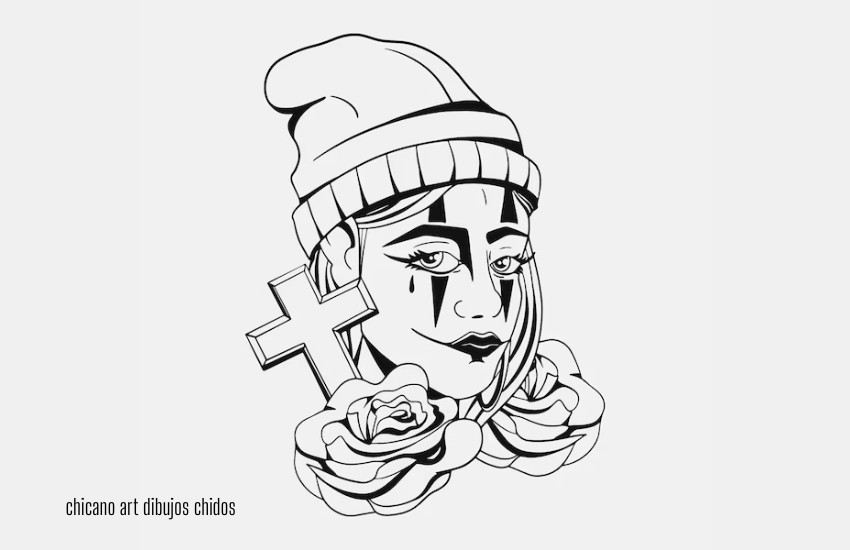Introduction to Chicano Art
Definition of Chicano Art
Origins and Cultural Background
Chicano art has deep ties to Mexican cultural traditions, especially the visual styles of indigenous Mexican art, the Mexican Muralist movement, and the vibrant iconography seen in Día de los Muertos (Day of the Dead) celebrations. These elements were combined with the social and political struggles of the Chicano community in the United States, particularly in the 1960s and 1970s. As a response to oppression and marginalization, Chicano art became a voice for justice, equality, and the celebration of Mexican-American identity.
Importance of Art in the Chicano Movement
Art played a significant role in the Chicano Movement, also known as “El Movimiento,” which sought to address social issues like labor rights, education reform, and racial discrimination. Murals and other forms of public art became central tools for political activism and community engagement, symbolizing resistance against oppression. Artists used visual art to highlight the struggles of the Chicano community, raise awareness, and promote unity.

Evolution of Chicano Art Over Time
Early Influences and Styles
Early Chicano art was influenced by indigenous Mexican art forms and the politically charged works of Mexican muralists like Diego Rivera and David Alfaro Siqueiros. The fusion of these traditional elements with the contemporary political climate in the United States gave rise to a unique artistic style, defined by bold colors, exaggerated figures, and strong cultural symbolism.
The Rise of Chicano Art in the 1960s and 1970s
The Chicano art movement gained momentum in the 1960s and 1970s as Mexican-Americans began using art as a means of reclaiming their cultural identity. This era saw a proliferation of murals across urban areas, particularly in cities like Los Angeles and San Francisco, where large Chicano populations lived. These murals, often painted on public buildings, told the stories of the Chicano community’s struggles and aspirations.
Contemporary Chicano Art: New Themes and Technologies
In recent years, Chicano art has continued to evolve, incorporating new themes like gender identity, environmentalism, and technology. While traditional forms like murals and drawings remain popular, contemporary Chicano artists are experimenting with digital art, mixed media, and performance art to reflect modern-day concerns while staying true to their cultural roots.
Key Themes in Chicano Art
Identity and Heritage
At the heart of Chicano art is the theme of identity. Artists often depict their cultural heritage through symbols such as the Aztec calendar, La Virgen de Guadalupe, and iconic Mexican revolutionary figures. These symbols serve as a powerful reminder of the Chicano community’s connection to its ancestral roots, while also representing pride in their Mexican-American identity.
Resistance and Empowerment
Chicano art is deeply political, and many pieces are expressions of resistance against racial discrimination, social injustice, and economic inequality. This theme of empowerment is often reflected in images of Chicano activists, farm laborers, and other community leaders, as well as the use of slogans like “¡Viva La Raza!” (Long Live the People).
Religion and Spirituality
Religion, particularly Catholicism, plays a significant role in Chicano art. La Virgen de Guadalupe, the patron saint of Mexico, frequently appears in Chicano art, representing both faith and resilience. In addition, many Chicano artists incorporate indigenous spiritual practices and imagery, blending Catholicism with pre-Columbian symbolism to express a complex, layered spirituality.
Read More: kawaiih8n_qq6xy3c-cute-my-melody

